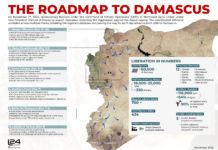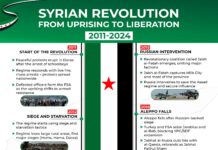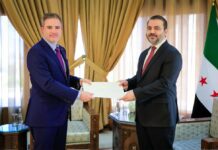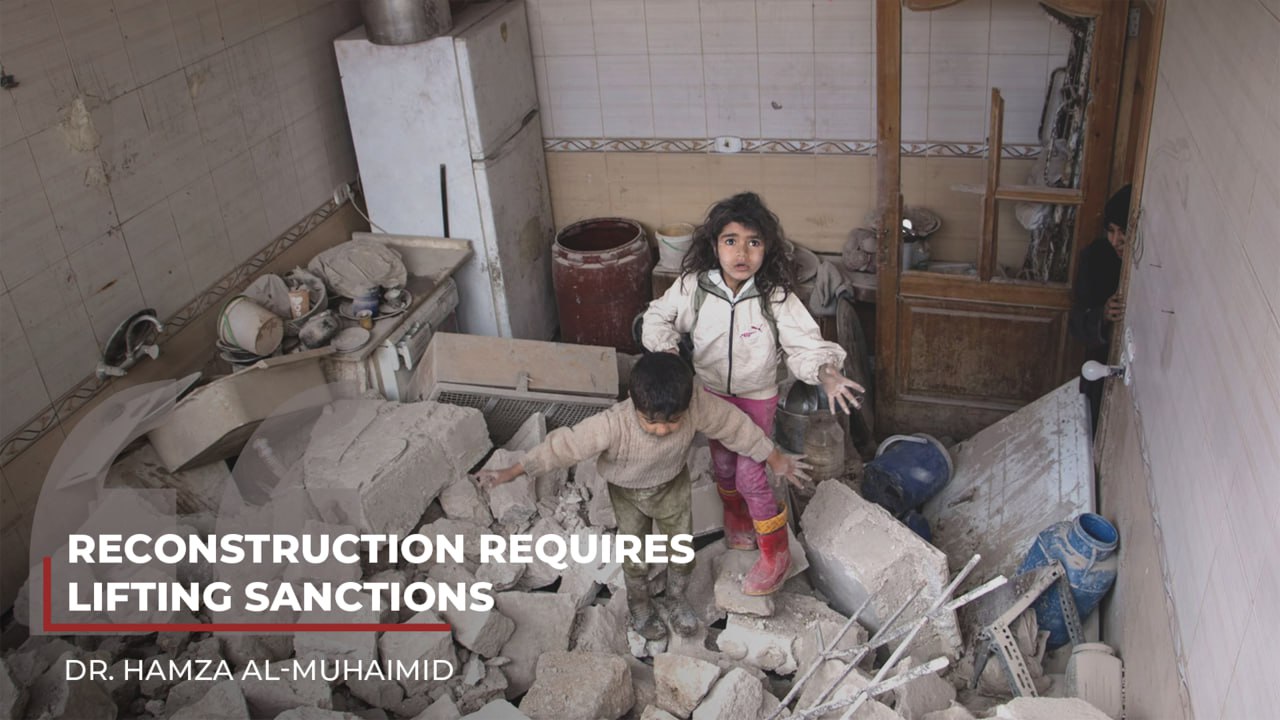
In the charred ruins of northern Aleppo, a young girl picks her way through what’s left of her childhood home—a collapsed stairwell, the remnants of a living room, a tangle of tiles. Her father, once a shopkeeper, now volunteers with one of the many local aid groups delivering food parcels to families like theirs. Scenes like this have played out across Syria, where 14 years of war, a devastating earthquake, and economic collapse have left millions clinging to the margins.
As Syria rebuilds, questions around transparency, oversight, and the politicization of aid loom large. Billions in international assistance may soon begin to pour into the country, but without robust mechanisms to monitor distribution, some fear the same mistakes that allowed for exploitation under the Assad regime could be repeated.
A System Under Strain
“The sanctions imposed under the former regime are now considered the greatest challenge facing the country,” said Dr. Hamza al-Muhaimid, Secretary-General of the Deir Ezzor Provincial Council, in an interview with Levant 24. “State organizations refuse to authorize local groups to fully supervise aid to our people, using the pretext of accountability to foreign parliaments.”
Dr. Muhaimid points out that while foreign oversight is often cited as justification for maintaining central control, local Syrian organizations have proven their capability. From the early days of the pandemic to the earthquake response in 2023, these groups have operated under immense pressure. “Our local organizations have successfully navigated major crises,” he said. “They have demonstrated professionalism and a humanitarian commitment that rejects discrimination.”
Learning From the Past
That professionalism stands in stark contrast to past abuses of aid in Syria. Under the Assad regime, humanitarian assistance was often diverted or manipulated to reinforce political control. Entire communities were reportedly denied aid based on loyalty, while supplies were funneled toward military-aligned areas.
“First, [aid] was diverted to economically support the war,” said Qasim Abdulrizaq, a frontline aid worker in northern Syria, during an interview with Levant 24. “The lack of oversight led to the sale of aid, profiting from it, and depriving those in need.”

Toward Greater Accountability
To address such concerns, the Office of Humanitarian Action Coordination (HAC) in Syria has released updated operational handbooks for both international and local NGOs. These handbooks detail licensing requirements, reporting obligations, and project oversight protocols.
The process is rigorous: all aid projects must be registered through a centralized “Needs Bank,” receive approval from HAC and, when international donors are involved, coordination with a designated “national partner” is mandatory. Disputes or implementation failures are escalated through clearly defined channels, with contact points assigned for each project.
“These guidelines provide a regulatory framework that supports both transparency and operational efficiency,” read a statement from the HAC. The handbooks are designed to adapt over time, subject to “periodic updates and revisions” in response to Syria’s evolving political and humanitarian landscape.
Yet critics warn that these processes while promising on paper, must be independently monitored to prevent the re-centralization of power in Damascus—particularly as donor fatigue sets in.
The Challenge of Coordination
Deputy Minister of Social Affairs and Labor Ibrahim Ibrahim told Levant 24 that Syria’s transitional government has registered over 450 organizations and is streamlining licensing procedures via a new digital census platform.
“We emphasize the freedom of organizations and associations to operate effectively and independently,” said Ibrahim. At the same time, the ministry is working to strengthen legal frameworks and bolster cooperation with international actors to ensure “transparency measures” are effectively implemented.

Part of this effort includes the Tasharuk platform, an initiative intended to simplify licensing for aid groups and improve communication with regulatory bodies. But Ibrahim admits that gaps in data and coordination still exist.
The Joint Needs Assessment (JNA), compiled by the humanitarian community, confirms this. While it offers a broad overview of critical sectors such as shelter, food, and electricity, the assessment also underscores severe information gaps. Effective humanitarian programming will require more granular, real-time data—especially as demographic shifts accelerate in the wake of the Assad regime’s fall.
An Uncertain Path to Reconstruction
For now, most donor funding remains earmarked for immediate needs—food, health care, sanitation—not long-term rebuilding. According to Dr. Muhaimid, “Reconstruction requires lifting sanctions so that the Central Bank can receive funds. These funds will not go to humanitarian organizations but will be managed by ministries responsible for rebuilding.”
That distinction is critical. Without clear guidelines separating humanitarian assistance from reconstruction funding, aid risks being misappropriated or delayed by bureaucratic entanglement.
David Carden, the outgoing UN humanitarian coordinator for Syria, emphasized the urgency of the moment. “This is the time to invest in Syria,” he told journalists at UN Headquarters in New York. “The country is at a pivotal stage of transition. Humanitarian assistance must accompany the evolving needs and aspirations of Syrians.”
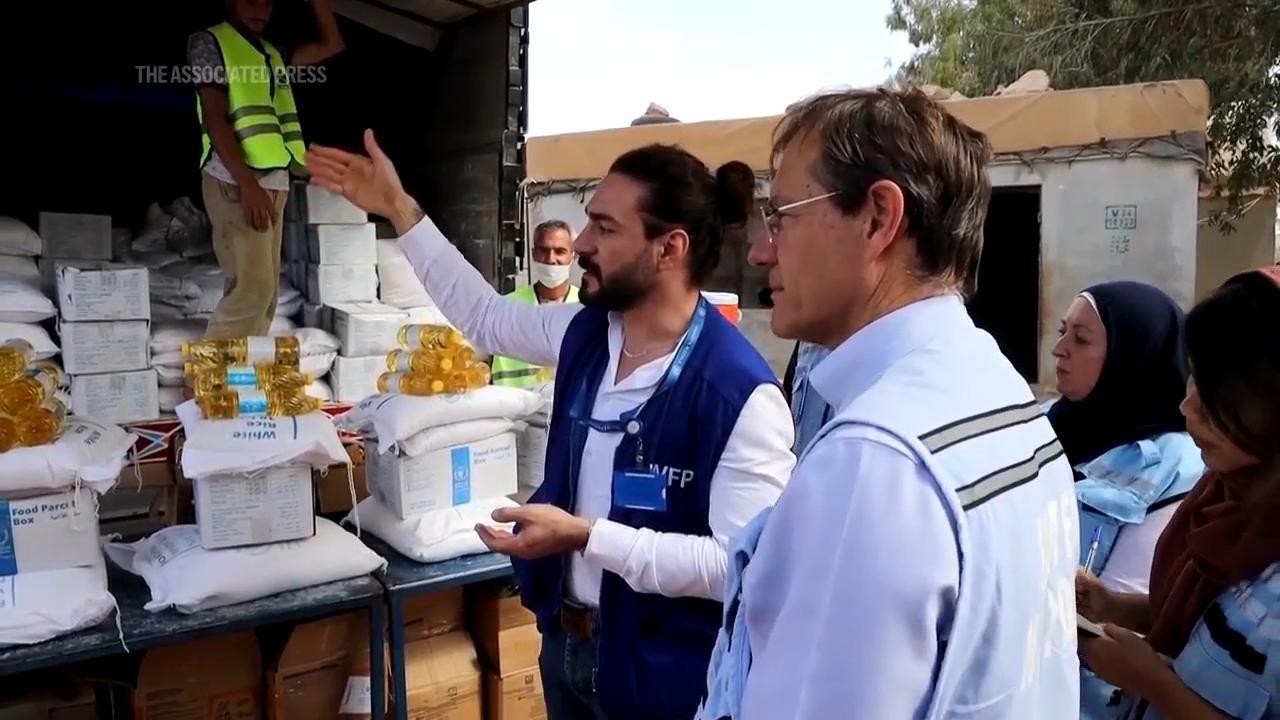
But donor commitment is waning. The UN currently seeks $2 billion to support operations through June 2025, yet less than 9 percent of that target has been met. “The lack of funding is deeply alarming,” Carden warned.
In his visit to Idlib earlier this year, Carden said the devastation in some areas rivaled the aftermath of the 2023 earthquake. And while more than one million people have returned home since the collapse of the Assad regime, millions more remain displaced, many in camps with limited access to services.
Hope Amid the Rubble
Despite these hurdles, Syrians are trying to shape a future defined not by war, but by resilience. In areas like Idlib, local NGOs are clearing minefields, rehabilitating schools and homes, and helping people re-establish livelihoods.
Abdulrizaq believes that aid can be more than a stopgap if properly managed. “Increased coordination with civil society contributes to a better understanding of needs,” he said. “It leads to more effective aid distribution.”
Whether this transitional period becomes a true turning point will depend largely on how the global community and Syrian authorities respond. Systems are being built, but their strength lies in execution and accountability. For Syria, a nation long fractured by violence and distrust, that process starts not with declarations, but with the quiet, careful work of rebuilding—brick by brick, and policy by policy.

